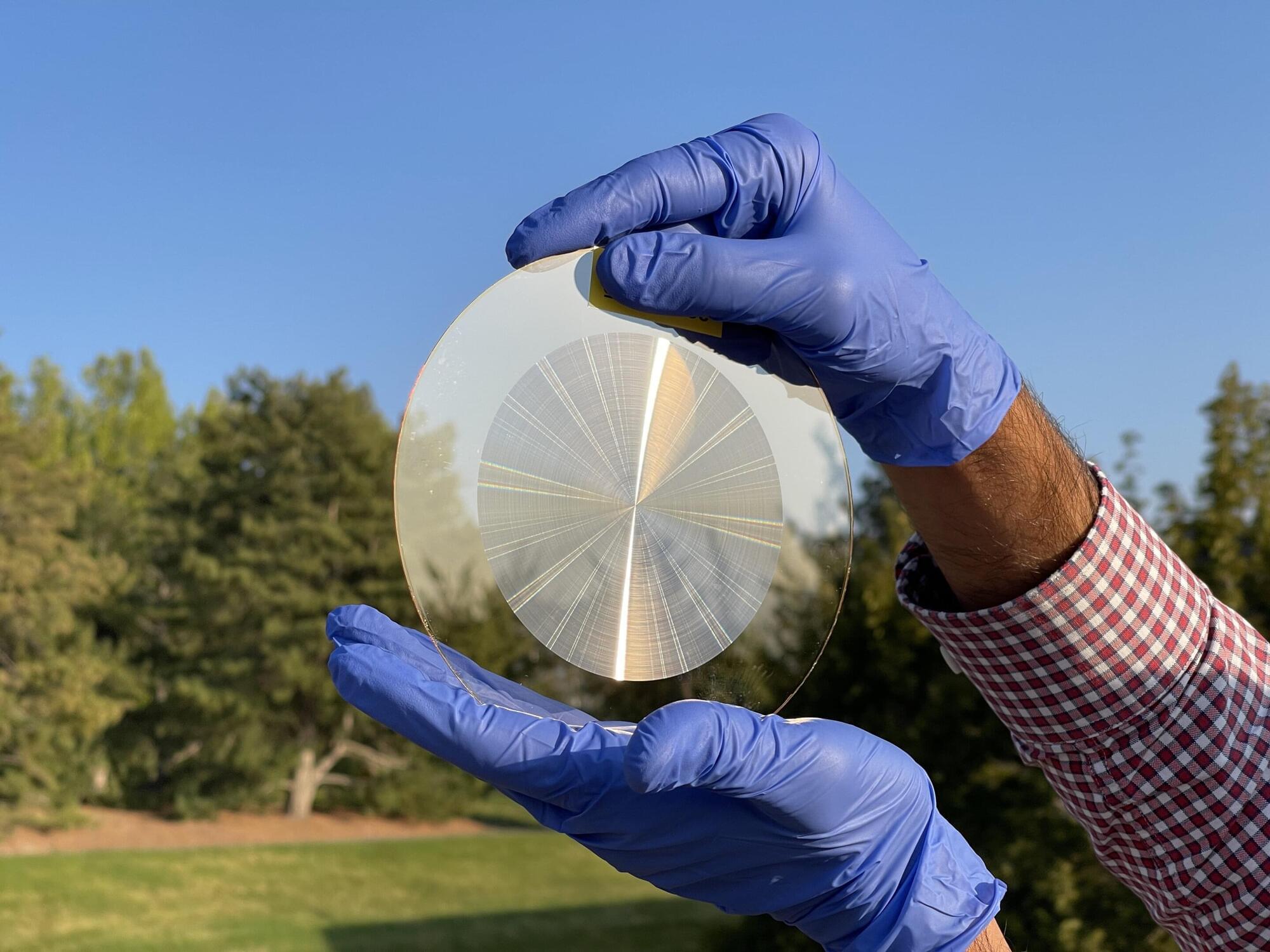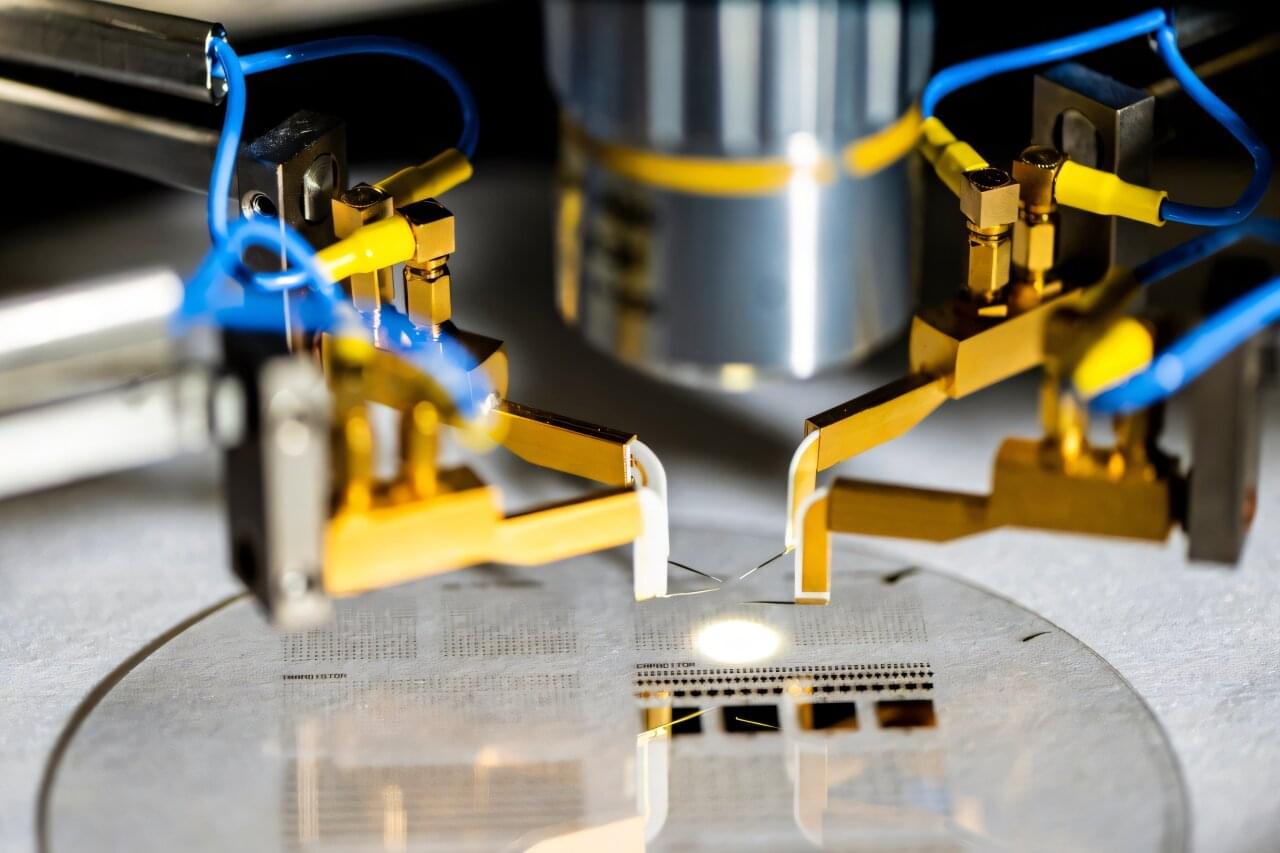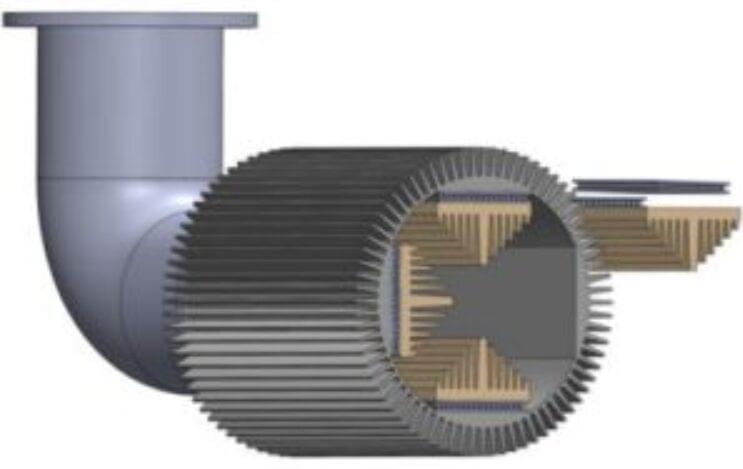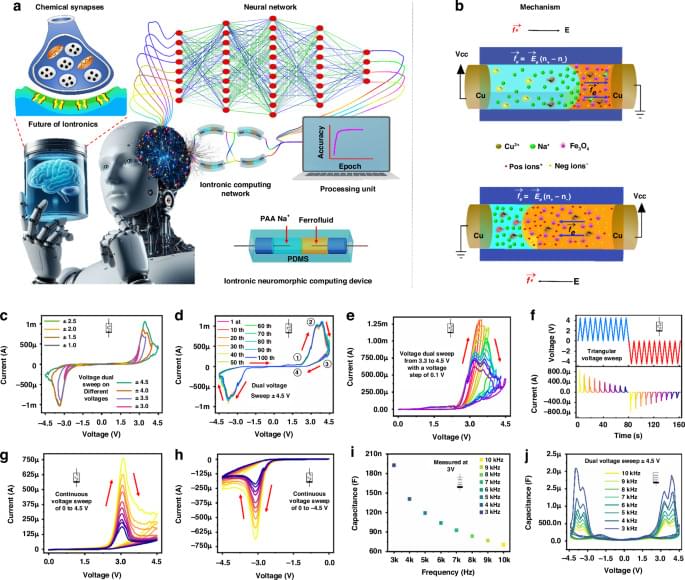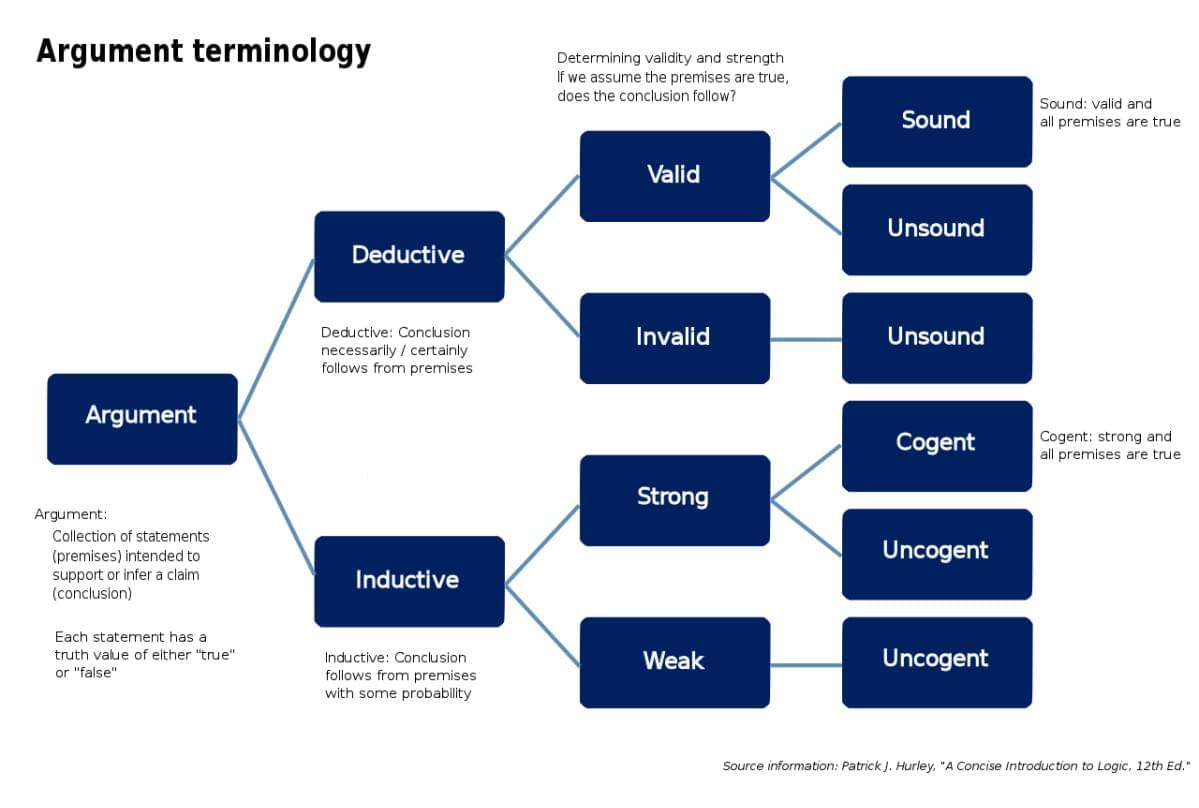For centuries, lenses have worked the same way: curved glass or plastic bending light to bring images into focus. But traditional lenses have a major drawback—the more powerful they need to be, the bulkier and heavier they become.
Scientists have long searched for a way to reduce the weight of lenses without sacrificing functionality. And while some slimmer alternatives exist, they tend to be limited in their capacity and are generally challenging and expensive to make.
New research from University of Utah engineering professor Rajesh Menon and colleagues at the Price College of Engineering offers a promising solution applicable to telescopes and astrophotography: a large aperture flat lens that focuses light as effectively as traditional curved lenses while preserving accurate color.
